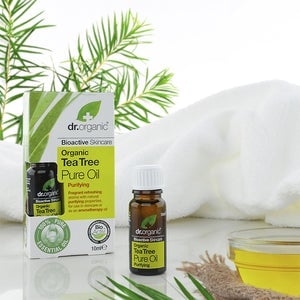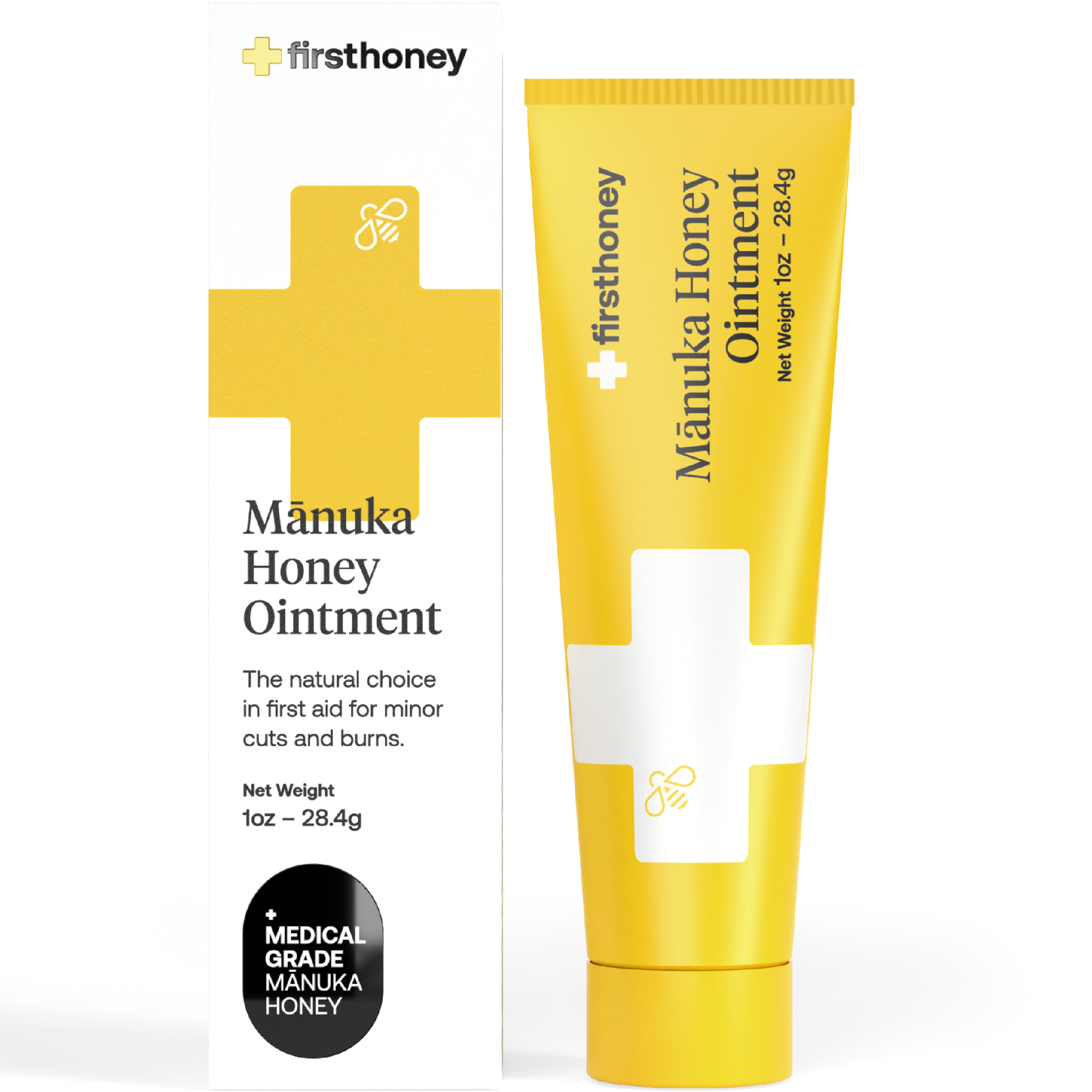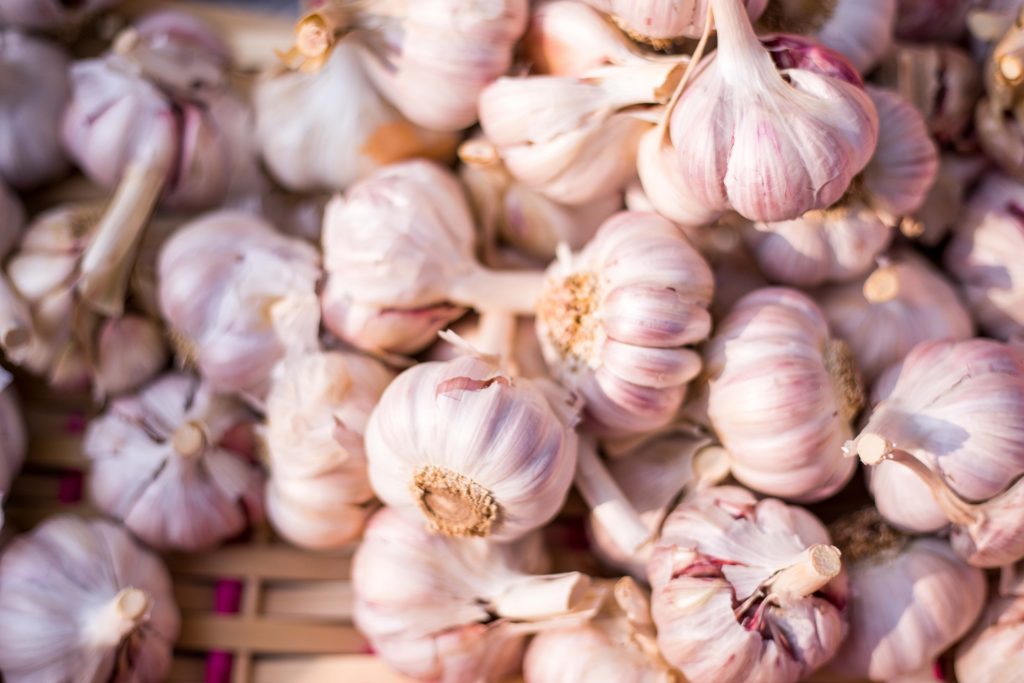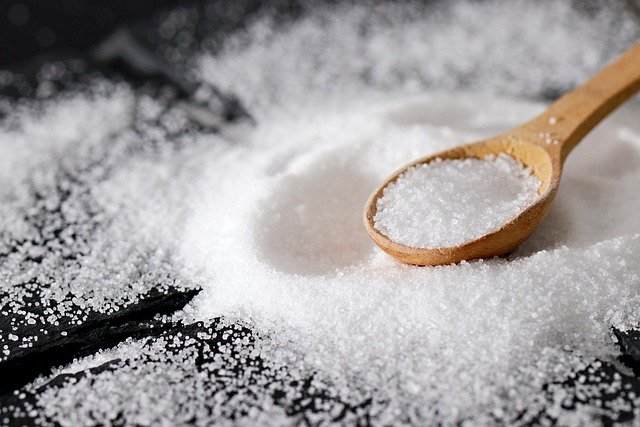Athlete’s Foot can be a continuous battle and is a common foot problem that most frequently occurs in men, those who wear tight-fitting shoes and socks or spend time barefoot in public spaces. If Athlete’s Foot is not attended to properly it can cause problems for other areas, including hands, nails and the groin.
It can cause a fair bit of pain, but not many people know that it can be easily treated at home before the infection spreads or causes more pain. That is why we've written a blog about Athlete's Foot home remedies, but first, let's define what Athlete's Foot actually is.
What is Athlete's Foot?
Athlete's Foot is a contagious fungal infection that is caused by a variety of fungi, which thrives in closed, warm and moist environments. It also feeds on keratin, which is a protein found in hair, nails and skin. So you can imagine that your foot is the perfect ground for it to grow.
Due to its contagiousness, it can quickly spread through direct contact with the infection and by skin particles left on things like towels, socks, shoes and even the floor.
Symptoms can include itchy white patches between your toes and it can also cause sore and flaky patches on your feet, which may become cracked or bleed causing foot pain. Athlete's Foot can also affect the soles and sides of your feet, causing painful blisters. If it's left untreated, the infection can then spread to your toenails, causing fungal nail infections.
Fortunately, the infection can be completely combated at home, and most often, natural remedies for Athlete’s Foot are the most effective treatment.
The fungal infection should be treated as soon as you notice any symptoms and you should only need to contact your GP when the problem persists or the infection spreads. They will then be able to prescribe steroid creams in extreme cases. If you have diabetes and are experiencing symptoms of Athlete’s Foot, contact your GP immediately, as this can be more complicated.
To prevent the infection from spreading, we have compiled the most effective but simple, Athlete's Foot home remedies.
1. Tea tree oil
It’s not surprising that this miracle cure-all essential oil is also one of the best natural remedies for Athlete’s Foot.
It is recommended that you wash your feet at least twice a day, using clean products and towels. After showering and drying your feet properly, rub tea tree oil into the skin, which will reduce the symptoms and irritating effects of Athlete’s Foot, including itching, swelling and the temperature sensation.

This is an extremely popular method for treating the symptoms of Athlete’s Foot as it’s low cost, easy to use and smells great. It is advised that you test tea tree oil with a 24-hour patch test before beginning this at-home treatment.
You might also want to consider diluting the oil for a less intense application.
2. Neem oil
Neem oil and neem lead extracts have antifungal properties that can help with Athlete’s Foot. Therefore, using neem oil to the affected area may help alleviate symptoms and prevent the growth of the fungus responsible for athlete's foot.
When you apply neem oil to your feet, it creates an environment that's not very welcoming for those fungi to thrive in. It helps to soothe the itchiness and irritation, while also fighting off the infection. Plus, it's natural and gentle on your skin, so you can say goodbye to those harsh chemical treatments.
To maximise its benefits, apply neem oil 2 to 3 times daily, massaging directly into the affected are
3. First Honey ointment
This is a natural remedy for Athlete's Foot that can be used to treat fungus, as well as many other infections. The First Honey ointment will reduce itching, heat and pain in the affected areas and it promotes faster and better healing, without the need for antibiotics.

This is one of the only natural remedies for Athlete’s Foot that is clinically proven to kill bacteria and help prevent any more cracks from occurring in the feet.
4. Hydrogen Peroxide Solution
Although most commonly used as antiseptic for cuts and wounds, hydrogen peroxide can also be effective at killing fungus.
A study from 2013 showed that a combination of hydrogen peroxide and iodine successfully stopped the growth of 16 types of fungi. Although there is limited additional research to support the use of hydrogen peroxide as a treatment for athlete's foot, it may still be worth considering if other options aren’t working for you.
5. Rubbing alcohol
Similarly to hydrogen peroxide, rubbing alcohol is commonly used to clean cuts, but can also help kill fungus. It can also help keep the affected skin clean and dry, which is important for preventing the growth of fungus.
6. Garlic
Garlic is a medically proven method for killing bacteria. Most studies that have been conducted on garlic’s properties indicate that it is most effective for fungus-based infections. Ajoene is the composite found inside garlic that has been proven to soothe cases of Athlete’s Foot.

Ajoene is available to purchase in balms and creams. An additional Athlete's Foot home remedy is a garlic bath, which is when you soak the affected feet in warm water infused with garlic cloves for 30 minutes. To make this quick and easy, crush the cloves into a paste and lather onto the feet. You could also try taking garlic supplements or increasing the amount of garlic that's in your diet, but this may be a long term remedy.
7. Talcum powder
A key aspect of preventing and healing athletes foot is keeping the area dry. This is because fungus grows in warm and damp environments, such as feet when they sweat.
Talcum powder is a great way of keeping sweat under control, by absorbing moisture from the feet. Apply directly onto your feet before putting on socks/shoes, paying close attention to the areas affected most by athlete’s foot.
8. Sea salt baths
Natural remedies for Athlete’s Foot do vary in intensity. Whilst salt baths are not a clinically approved treatment like the First Honey products, they are an easy-to-implement and relaxing way to care for your feet so can be done on a regular basis.
Check the sea salt you are purchasing, but most have strong antibacterial properties that will help combat the growth and development of Athlete’s Foot. If your case is more severe this is a good natural remedy to complement other courses of treatment.
Natural remedies for Athlete’s Foot, including the ones listed here, are better suited to minor cases and maintenance of the infection. They are also ideal for maintaining the infection as it can be reoccurring or a continuous problem. If you know you are experiencing a severe bout, do visit a pharmacist or get in touch with your GP.
9. Baking Soda
Sodium bicarbonate (baking soda) can be a great option for those looking for a quick treatment for athlete’s foot, as most people have it readily available at home.
With its antifungal properties and moisture absorbing properties, baking soda works to prevent the growth of fungus.
To use as a treatment for athlete’s foot, you can either apply directly to the foot, make a foot soak with baking soda and warm water, or make a paste by mixing with a small amount of water.
Other Considerations
One of the most important things in preventing and treating athlete's foot is keeping your feet as clean and dry as possible. We've touched on some methods of keeping feet dry, such as applying talcum powder, but also make sure you are washing your feet regularly and drying them properly afterwards, and changing your socks every day (more if you're exercising or sweating a lot).
Also bear in mind that athlete's foot is contagious, so take extra precaution from contaminating surfaces, particularly around public areas such as swimming baths.
For extra comfort and to help prevent the growth of fungus, opt for breathable shoes and moisture absorbing shoe insoles.
When to see a doctor
If athlete’s foot home remedies aren't working for you, and symptoms persist for more than a couple of weeks, you should seek advice from a doctor. It may be that you need stronger prescription antifungals to clear up any infection, and then you can continue with the above recommended home remedies as a preventative measure.

